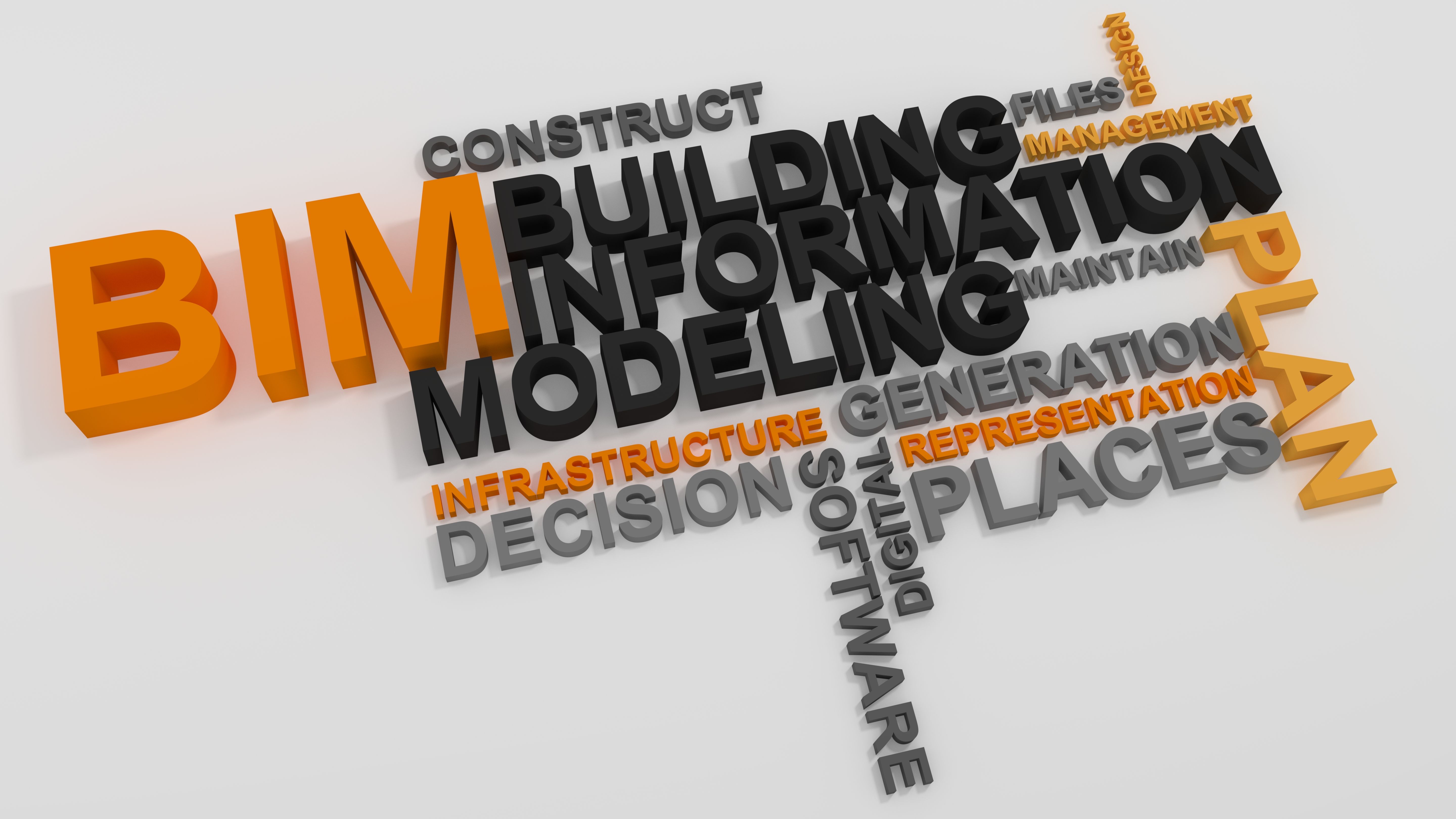Understanding COBie and BIM in Construction
Si
Introduction to COBie and BIM
In the rapidly evolving world of construction, technology plays a crucial role in streamlining processes and improving efficiency. Two key concepts that have emerged in recent years are COBie (Construction Operations Building Information Exchange) and BIM (Building Information Modeling). Understanding these terms is essential for industry professionals seeking to enhance project management and delivery.

What is BIM?
Building Information Modeling, or BIM, is a digital representation of a building's physical and functional characteristics. It serves as a shared knowledge resource, forming a reliable basis for decisions during its lifecycle, from the earliest concept through to demolition. BIM enables architects, engineers, and construction professionals to collaborate on a project using a single 3D model.
The Benefits of BIM
The adoption of BIM offers numerous advantages. It improves coordination and collaboration among stakeholders by providing a clear visual representation of the project. This can lead to reduced errors and omissions, as well as increased efficiency in the construction process. Additionally, BIM can help in cost estimation, scheduling, and facility management.
Understanding COBie
COBie stands for Construction Operations Building Information Exchange. It is a standardized way of capturing and storing information about a building's assets and systems. COBie focuses on the non-graphical data associated with BIM models and is typically delivered as a spreadsheet or database. This data includes information on equipment, spaces, and systems, which is essential for operations and maintenance.

How COBie Works
COBie simplifies the process of collecting and sharing information about building assets. Throughout the project lifecycle, data is collected at various stages, ensuring that all necessary information is available for facility management once construction is complete. This structured approach reduces the need for manual data entry and helps ensure accuracy.
The Synergy Between COBie and BIM
While BIM provides a comprehensive 3D model of a building, COBie focuses on the data that supports its operation and maintenance. Together, they offer a powerful combination that enhances the efficiency of construction projects. By integrating COBie with BIM, project teams can ensure that all necessary information is captured and easily accessible.
Implementing COBie and BIM in Projects
For successful implementation of COBie and BIM, it's crucial to create a clear plan outlining roles, responsibilities, and deliverables. Teams should be trained on how to use these systems effectively. Regular reviews and updates will ensure that all participants are aligned with the project's goals and requirements.

The Future of Construction with COBie and BIM
As technology continues to advance, the use of COBie and BIM in construction will likely become even more widespread. These tools are essential for creating more sustainable, efficient, and cost-effective buildings. As the industry moves towards digital transformation, professionals who understand and utilize these systems will be at the forefront of innovation.
In conclusion, both COBie and BIM are integral components of modern construction projects. By understanding their functions and benefits, industry professionals can enhance project outcomes and drive future advancements in construction technology.
